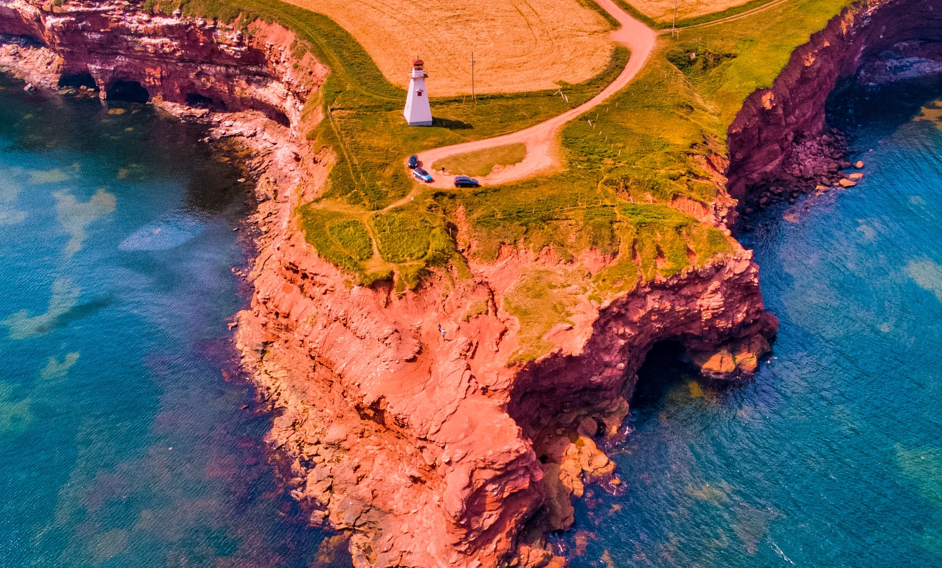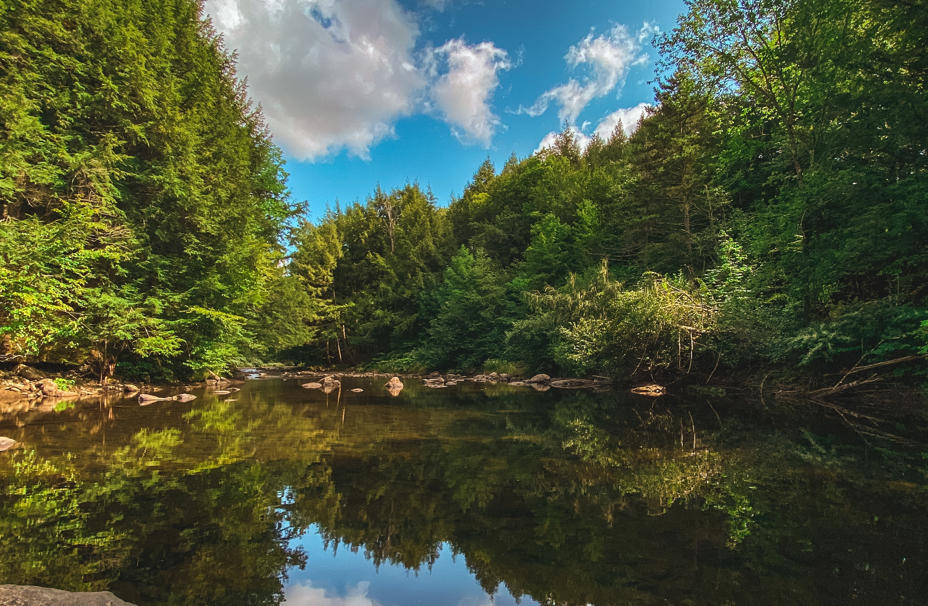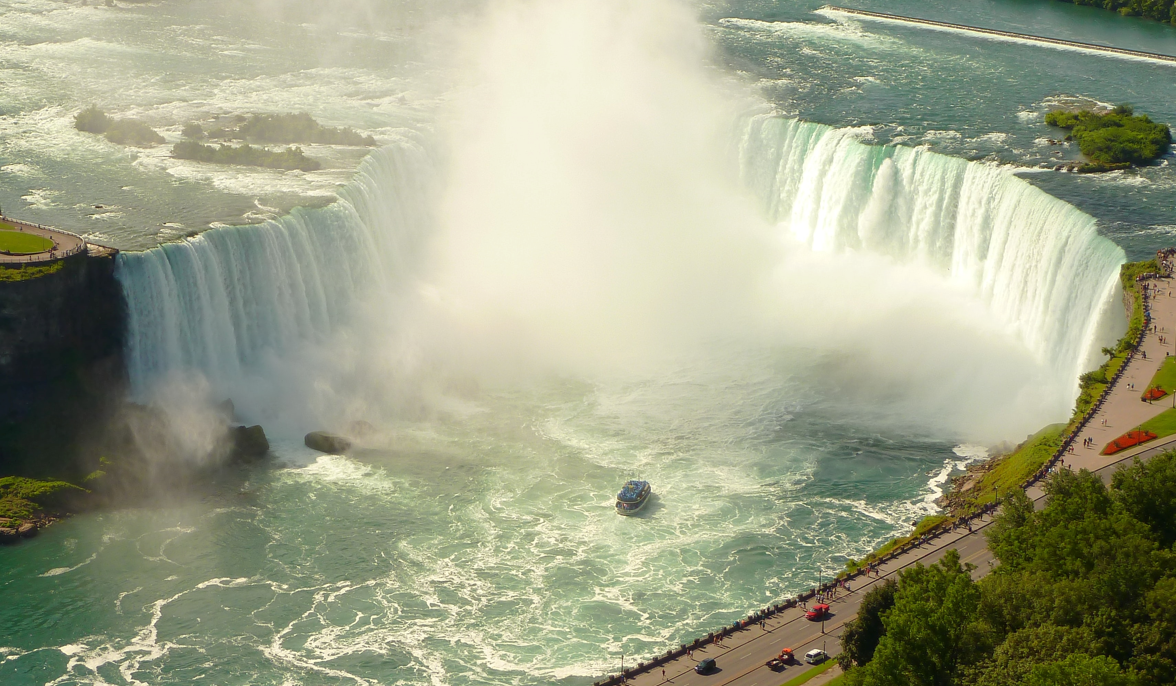Sometimes referred to as the “Galapagos of the North” for its many species of plants and animals, Haida Gwaii is a natural and cultural treasure
By Julie Lavoie
Known as the Queen Charlotte Islands from 1787 to 2010, northwest British Columbia’s Haida Gwaii archipelago was long a well-kept secret, but it’s been appearing on lists of must-see destinations, such as The New York Times’s “52 Places to Go in 2020,” more often in recent years. Yet the spot is still a long way from being swamped by tourists.
Haida Gwaii means “islands of the Haida people,” and when you talk with those who live there, you get a sense of the name’s importance. Community members are working hard to preserve and showcase the cultural treasures their ancestors handed down.
When you visit the archipelago, it’s best to have the services of a guide, who can act as a cultural interpreter. The packages offered by Haida House (haidatourism.com), a superb log inn with recently added waterfront cabins, are an ideal entry point to the Haida world. In summer, packages of three, four, or seven nights are available; these include the return flight from Vancouver, accommodation, and a guide. Haida House is part of Haida Enterprise Corporation, a Haida-owned organization that offers ecotourism packages and creates meaningful employment for the community.
Culture 101
As you begin your visit, be sure to stop at the Haida Heritage Centre (haidaheritagecentre.com) to learn more about the area’s history and the problems the Haida have faced over the years. Totem poles, which tell the stories of families, were banned in the 19th century, as were some ceremonies and the potlatch, a ceremonial gathering that emphasizes feasting and gift-giving and also serves as a legislative body. Today, totem poles stand proudly outside the centre as well as in front of some houses and in parks.
In Haida Gwaii, you are surrounded by art. It’s almost a way of life. Several artists open their workshops and offer a warm welcome to curious travellers. Jim Hart, a former apprentice of celebrated artist Bill Reid, is a hereditary Haida chief named 7idansuu (pronounced ee-dan-soo) and one of the artists who are happy to chat with tourists. His work can be found and admired throughout Canada and internationally. When you ask him which of his works is his favourite, he says he is proud of all his creations. He even goes to see them in their new homes when he travels. “It’s like visiting old friends,” he says.
Extraordinary Flora and Fauna
Unlike the rest of Canada, much of Haida Gwaii escaped the glaciation of the last ice age. That’s why it’s home to plants that grow only there and in certain places in Japan. A wonderful playground for researchers, the islands are full of unique plant and animal subspecies, such as the pine marten and a black bear that is bigger than those found elsewhere in North America. The black bear—Taan—is deeply respected by the Haida. According to a legend handed down from generation to generation, Taan is one of their ancestors.
The Gwaii Haanas National Park Reserve, National Marine Conservation Area Reserve, and Haida Heritage Site is one place that nature lovers won’t want to miss. From the rugged beaches, you can sometimes see whales, porpoises, and sea lions. Bald eagles and bears thrive there, along with western red cedars and Sitka spruces, which you can recognize by the moss that hangs from them.
In talking to the local people, you realize that the desire to share the islands’ treasures is tinged with a certain anxiety about losing what makes them special because of an influx of visitors. “Before, when we asked tourists what brought them to Haida Gwaii, they told us they had been wanting to visit for a long time and had read a lot about the islands,” one guide says. “Lately, I’ve noticed that people are coming simply because they had heard about it, without knowing much about what to expect.”
Nevertheless, as getting there requires lots of organization and the temperature is nothing like that of the Caribbean, the risk of Haida Gwaii becoming a trendy new travel hot spot is small—which is a good thing for those who are serious about visiting.
If You Go…
• Do your homework.
Follow the guidance of the Indigenous Tourism Association of Canada to know what to expect before you visit the community (indigenoustourism.ca).
• Where to eat.
Chef Keenawaii, also known as Roberta Olson, welcomes visitors by reservation to her home, Keenawaii’s Kitchen. Dried salmon, seaweed, and other traditional dishes are on the menu. Also drop by JAGS, a café, bistro, and inn all in one place (stayatjags.com).
• Where to stay.
Accessible only by helicopter, Ocean House lodge offers fishers luxury and unspoiled nature (oceanhouse.ca).
Note:
Before you make your travel plans during the pandemic, check the Go Haida Gwaii website (gohaidagwaii.ca) for updates. It’s a remote place with limited medical resources, and transportation is complicated.
Photo by Cory Schadt on Unsplash






